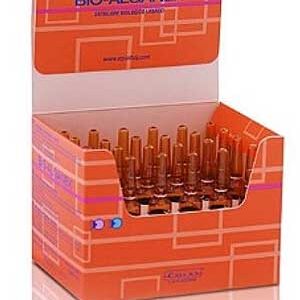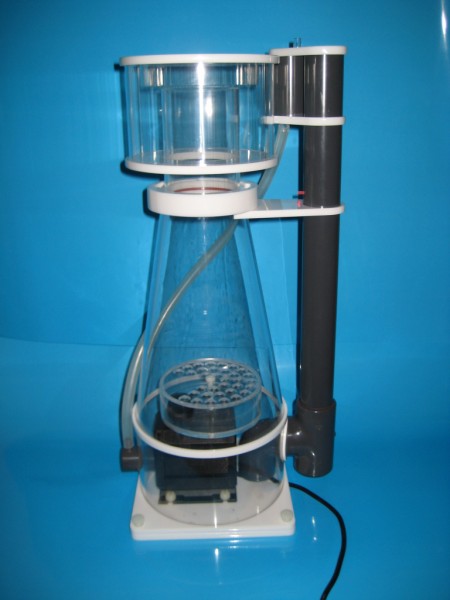Mycetophyllia aliciae
Mycetophyllia is a group of fleshy corals found in the Caribbean. They are part of the Mussidae family and there are five distinct species. Mycetophyllia aliciae is one of the most common Mycetophyllia species and is easy to distinguish with white bands around the perimeter of the colony and white marking surrounding each polyp.
This coral is often found on deeper reefs as the soft fleshy tissue is more sensitive to light. Although this coral is soft to the touch it is a stony coral and builds a calcium carbonate skeleton which forms plates.
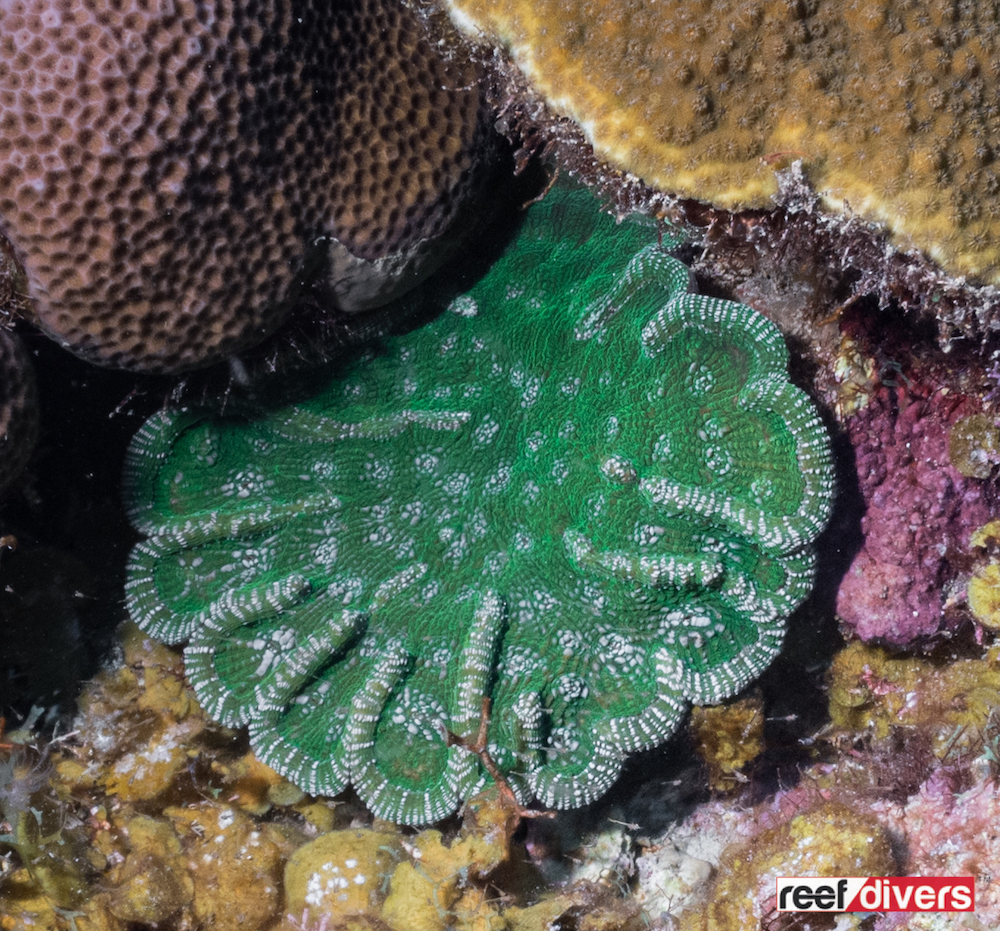
KNOBBY CACTUS CORAL
The common name for Mycetophyllia is cactus coral and M. aliciae is known as the Knobby Cactus Coral as broken ridges resemble tiny knobby cactus. The other four species of Mycetophyllia are M. danaana, M. ferox, M. lamarckiana and M. reesi.
M. aliciae has short ridges which often do not connect in the center of the colony. At times the ridges can be present in the center of the colony, especially is older larger colonies. And for these older colonies, it is common for these ridges to be broken.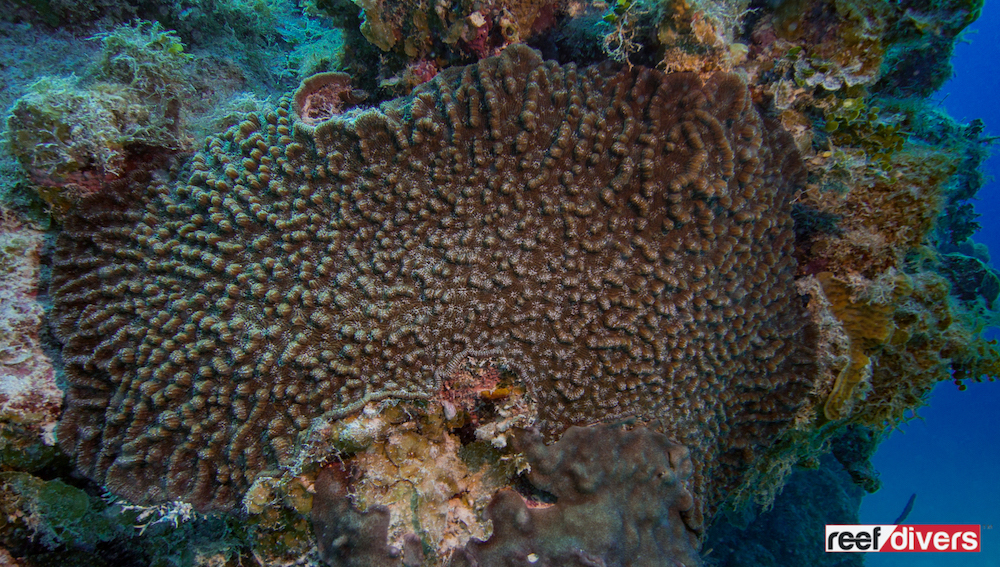
Perhaps the most important feature of M. aliciae and what sets it apart from other Mycetophyllia species is the number of polyps which are present between each ridge. If you find two or more rows of polyps between ridges the coral is most likely Mycetophyllia aliciae. Other corals in the genus typically have one row of polyps between ridges.
Mycetophyllia aliciae can be found in green, yellow, brown, and gray and the polyps will be pale or contrasting color from the colony.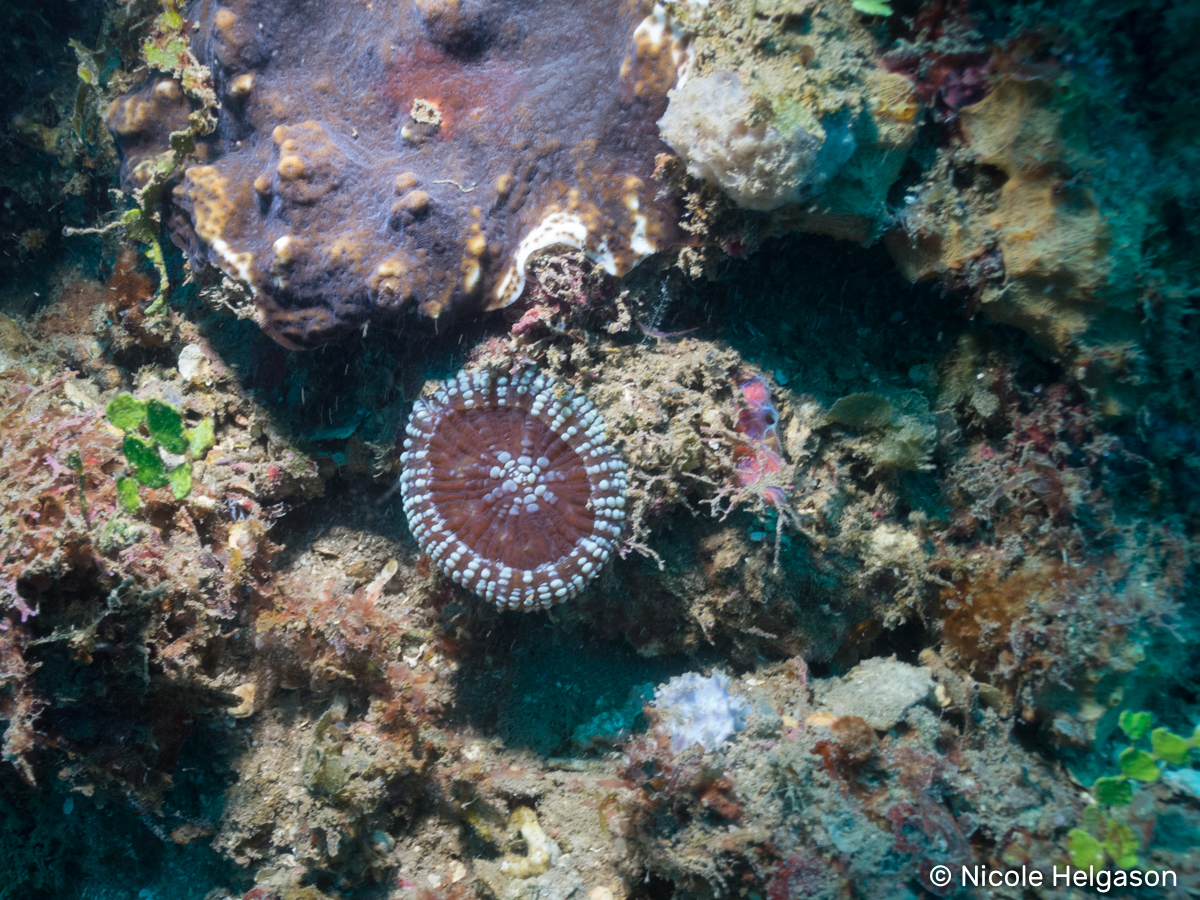
The Coral Diaries series is a list of corals we have seen while diving around the world. We’ve created this series so that you can learn more about corals, and how to identify them on the reef. We encourage you to send us your coral pictures and leave a comment in the section below to learn more about the interesting species you’ve found while diving.


